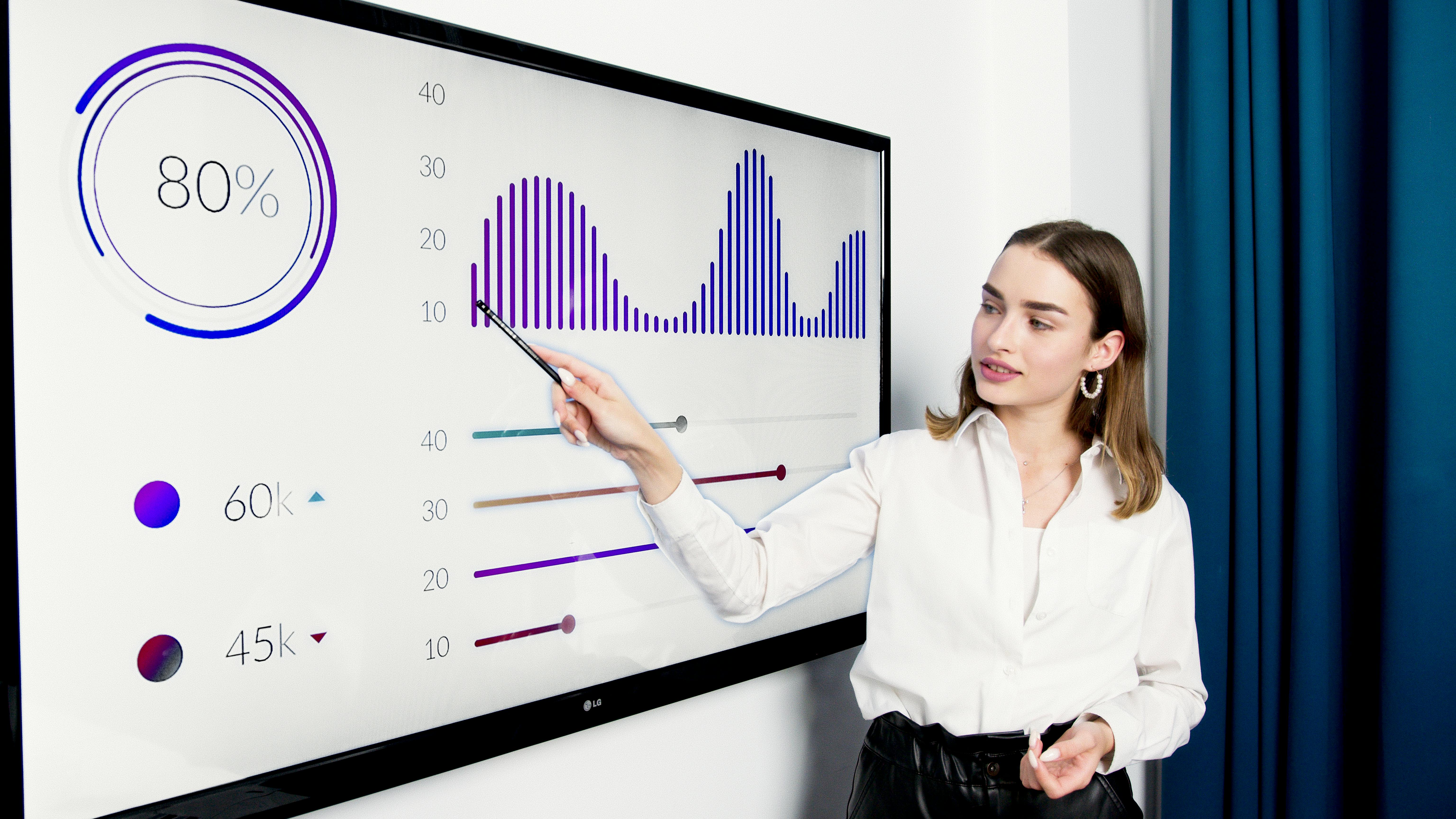Sustaining 1-2-1 Programs By Selling School Devices
INNOVATIVE LEADER AWARD WINNER - Peter Robinson, Technology Director at Auburn School Department, explains how his district makes its 1-2-1 program sustainable by selling devices before any are worthless.

The Auburn School Department in Maine is able to fund a sustainable 1-2-1 program thanks in part to a simple-sounding but rarely implemented strategy: they resell student and staff devices before any become worthless.
“The model that schools have had since I've been in education, which is a long time, is use them until they are useless for anything but perhaps a boat anchor,” says Peter Robinson, Technology Director at Auburn School Department.
Older devices will need to be replaced eventually, so selling a few years before the technology is totally outdated can help school districts fund replacement items, Robinson says. In recent years, Robinson has led this process in his district and for these and other efforts, he was honored with the Best Overall Implementation of Technology at a recent Tech & Learning Regional Leadership Summit in Massachusetts.
Robinson is a native of Cheltenham in the United Kingdom. He first came to Maine as a camp counselor but met his wife while in the U.S. and decided to stay. He fell in love with teaching after working as a substitute teacher, and ultimately combined his love of technology with his love of teaching.
He shares tips for districts on maintaining sustainable 1-2-1 technology programs by reselling devices.
Resell Your Devices While There Is Still Value

The Auburn School Department tries to resell devices after three to four years of use. “That’s kind of the sweet spot,” Robinson says. “Sometimes it goes a bit longer because it’s just the way of things.”
Auburn uses primarily Apple devices, which tend to have better resale value than some other products, Robinson says. But used laptops from other brands can still draw decent prices.
Tools and ideas to transform education. Sign up below.
Currently, Auburn is looking to sell district-owned iPads that are more than four years old and have been issued to fifth graders. The price he is expecting is about $87 per device. The resale price of devices varies dramatically based upon age and condition, but oftentimes reselling those three to four-year-old devices will provide 20-25 percent of the cost of new devices.
“Obviously, if you sold them sooner you get more,” Robinson says, but since there’s always an additional cost to buying new devices, finding the sweet spot can be a challenge.
Work With The Right Company
A key to a successful buy-back program is finding the right vendor with which to work.
Auburn had a bad experience after a vendor hired by the state gave the district an estimate of what it could pay per device and then ended up claiming the devices were not of the quality they anticipated. That hasn’t happened with Auburn’s new vendor Second Life Mac.
“I spent a lot of time vetting a bunch of different companies and Second Life is the one that was willing to fly somebody out here and actually do a walkthrough with me and look at our devices and say, ‘Yep, I think this is what we've got, and we’ll guarantee you X amount of money.’ They've come through every single time. They've always given us either what they said they'd give us or more.”
To share your feedback and ideas on this article, consider joining our Tech & Learning online community here.
Erik Ofgang is a Tech & Learning contributor. A journalist, author and educator, his work has appeared in The New York Times, the Washington Post, the Smithsonian, The Atlantic, and Associated Press. He currently teaches at Western Connecticut State University’s MFA program. While a staff writer at Connecticut Magazine he won a Society of Professional Journalism Award for his education reporting. He is interested in how humans learn and how technology can make that more effective.

